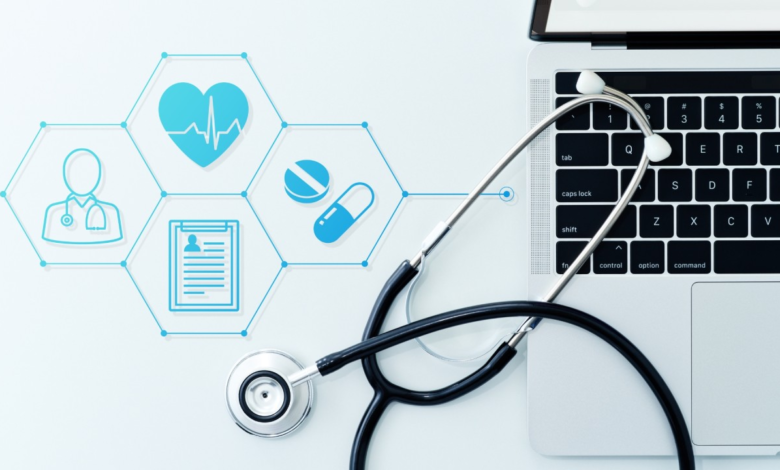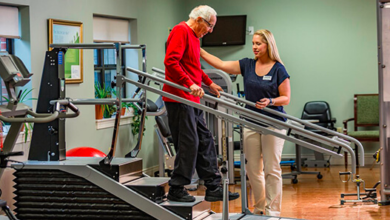Optimizing Healthcare Revenue: How Technology Enhances RCM Efficiency and Profitability

Implementing advanced technology in healthcare revenue cycle management is one of the most effective ways to increase medical practice revenue. Automated billing systems, AI-driven claim processing, and digital patient payment solutions help reduce errors, streamline workflows, and accelerate reimbursements.
What are the reasons why healthcare needs technology to improve its RCM?
The U.S. healthcare system is suffering massive revenue losses, particularly post-pandemic. The pandemic has cost hospitals billions in revenue, putting immense pressure on healthcare professionals to improve their medical revenue management.
Technology solutions can help in many ways. Patient-centric technologies aid practices in establishing a well-organized workflow, cutting down on administrative tasks and ensuring that employees are paid promptly. Additionally, they increase practice efficiency, allowing for better patient treatment.
The types of healthcare technology that improve the quality of care
Patient Portals
Patient portals make everything easier for patients, from check-in to enrollment to scheduling appointments. Additionally, they enhance patient access through automated appointment reminders and e-payment options. In this way, portals for patients facilitate the interaction between patients and providers and help build trust between patients.
Electronic Health Records (EHR)
The ability to record patient information electronically in health records in real-time helps healthcare providers maintain accurate medical documentation. It reduces the burden of administrative work and prevents claims from being denied due to inaccurate or insufficient patient data. Therefore, it reduces the risk of claim denials and boosts income streams.
Real-time Claims Processing
Utilizing technology, healthcare providers can overcome the challenges of reimbursement. Indeed, it allows them to complete claims in real-time and speed up the eligibility screening process. Advanced models that use value-based methods allow for seamless claim processing and guarantee timely claim submission. This means that healthcare providers receive reimbursement with no delay, thus increasing the effectiveness of the billing process.
Healthcare RCM Automation
Healthcare RCM automation services are reliable for enhancing revenues and billing cycles. They help automate many tasks and save healthcare professionals time and energy. In turn, they have more time to provide treatment for their clients. They facilitate easy eligibility assessment, claim processing, and claim submission.
Secure Payment Gateway
A safe and HIPAA-compliant gateway is an ideal solution to ensure efficient revenue control. Yes, patients would prefer the speedier and more convenient option when paying. Online payment gateways accelerate payment processing, which results in faster collection and a better patient experience.
Performance Analytics and Reports
It also automates RCM and claims processing technology and assists you in achieving your practice goals. An excellent healthcare RCM tool or platform that can analyze a business’s performance can help it remain ahead of its competition.
Detailed reports on performance and analysis can assist companies in analyzing the most critical developments in their processes. Additionally, they can help take all the steps necessary to eliminate waste and make more informed choices.
Conclusion
Technologies for managing revenue cycles in healthcare have made them vital. They can reduce the complexity of the typical medical revenue cycle management. If they do not get a technological boost, healthcare providers will face more significant revenue losses.
In light of this, hospitals, doctors, and healthcare providers must be equipped with the most effective RCM software. Healthcare practices can have a comprehensive view of their revenue and financial performance. In addition, it improves the quality of care and revenue growth.




